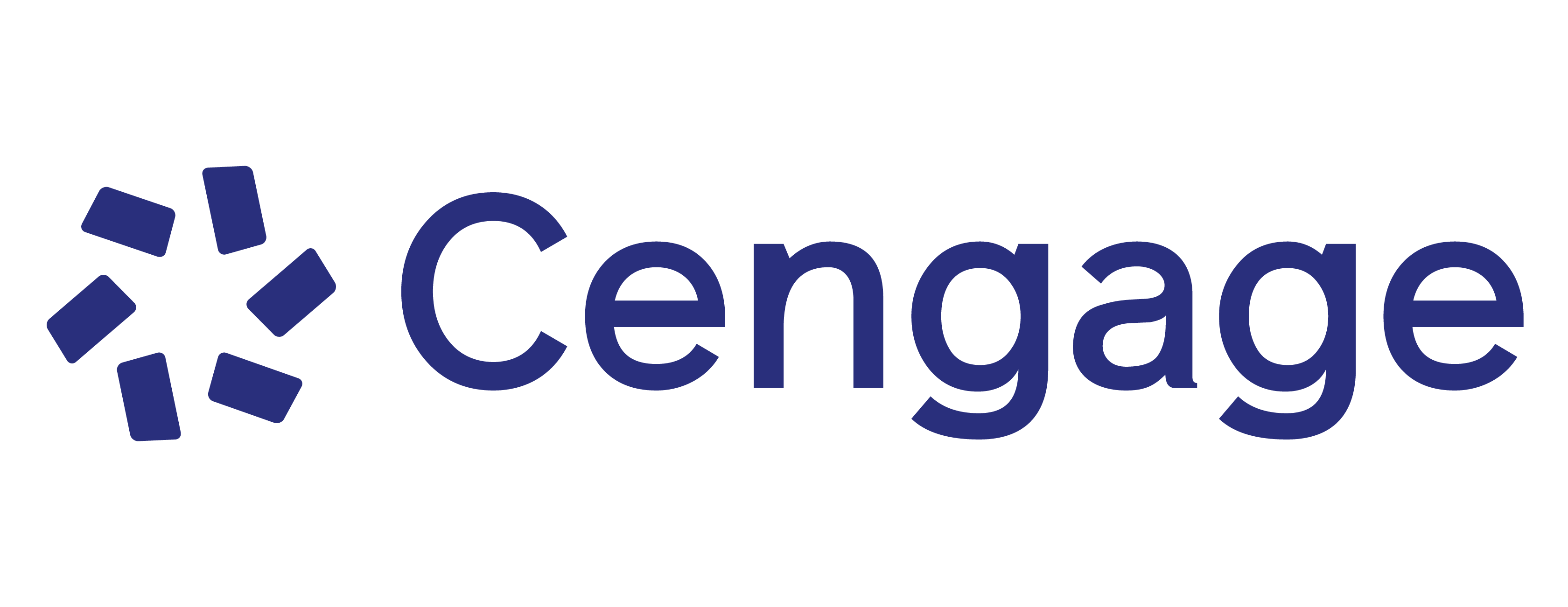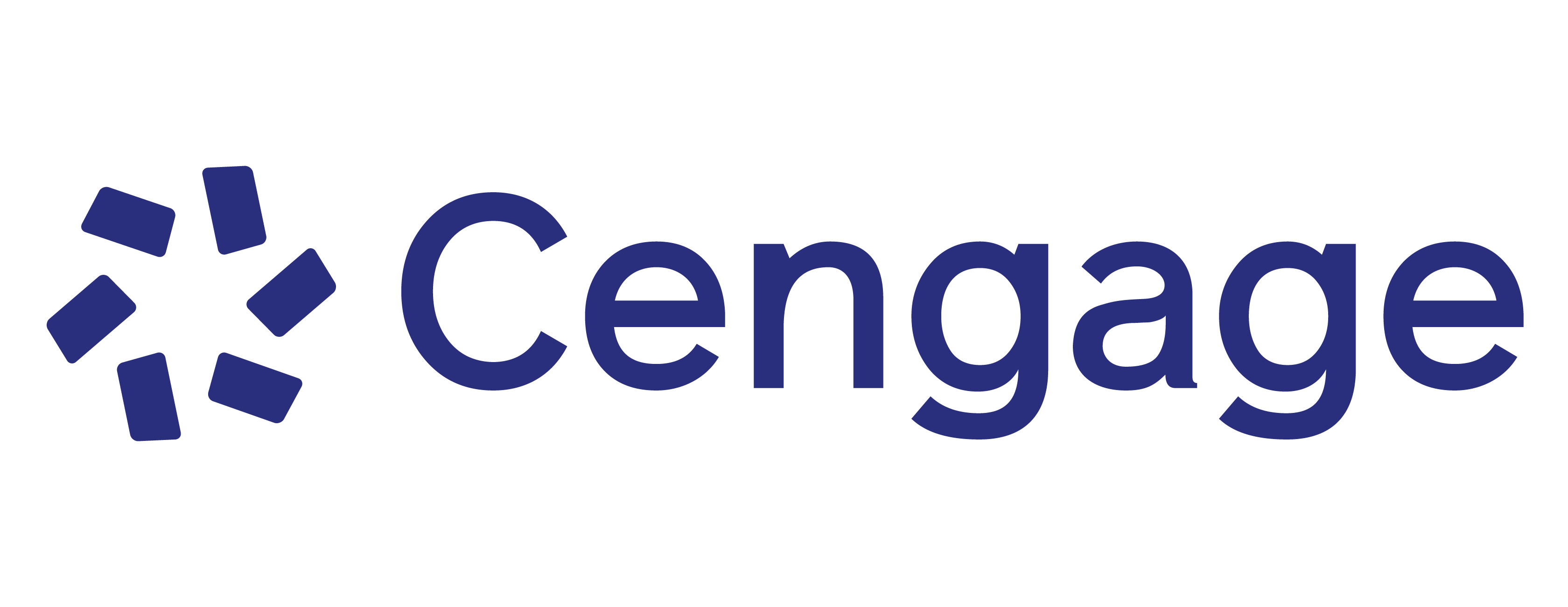Comprehensive in scope yet succinct in its descriptions and explanations, THEORIES OF PSYCHOTHERAPY AND COUNSELING: CONCEPTS AND CASES, 6th Edition equips readers with a solid understanding of the systematic theories of psychotherapy and counseling. The book delivers a thorough explanation of concepts as well as insightful case summaries and therapist-client dialogues that illustrate techniques and treatment in practice. It demonstrates how theories can be applied to individual therapy or counseling for common psychological disorders-such as depression and generalized anxiety disorders-as well as how to apply them to group therapy.
1. Introduction.
2. Psychoanalysis.
3. Jungian Analysis and Therapy.
4. Adlerian Therapy.
5. Existential Therapy.
6. Person-Centered Therapy.
7. Gestalt Therapy: An Experiential Therapy.
8. Behavior Therapy.
9. Rational Emotive Behavior Therapy.
10. Cognitive Therapy.
11. Reality Therapy.
12. Constructive Approaches.
13. Feminist Therapy: A Multicultural Approach.
14. Family Therapy.
15. Other Psychotherapies.
16. Integrative Therapies.
17. Comparison and Critique.
-
Richard S. Sharf
Richard S. Sharf has been a counseling psychologist at the Center for Counseling and Student Development at the University of Delaware for 37 years, providing counseling to university students. He also was the internship coordinator for the Psychology Doctoral Internship program. In addition, he taught graduate courses in counseling in the Department of Human Development and Family Studies. In writing THEORIES OF PSYCHOTHERAPY AND COUNSELING: CONCEPTS AND CASES, he corresponded with over 70 experts on theories of psychotherapy to ensure that the book is accurate and up to date. He is also author of APPLYING CAREER DEVELOPMENT THEORY TO COUNSELING, 6th Edition (©2014, Cengage Learning).
-
Chapter 17 is now “Comparison and Critique” and Chapter 16 is now “Integrative Therapies.” Having the summarizing chapter at the end of the textbook allows students to learn and understand each theory before reading about its strengths and limitations. As the final chapter, Chapter 17 also provides a good review for the final exam.
-
Chapter 2, “Psychoanalysis,” and Chapter 3, “Jungian Analysis,” have been revised and clarified to improve students' grasp and understanding of these difficult topics.
-
New content includes a new case that illustrates person-centered play therapy with an anxious child (Ch. 6); clarified descriptions of the two-chair method and the empty- chair technique in Gestalt therapy (Ch. 7); discussion of behavioral activation as a method for treating depression and as a way to increase clients' activities, material on diaphragmatic breathing as a relaxation method, and an expanded description of Linehan's Dialectical Behavior Therapy, which is used to treat borderline disorders (Ch. 8).
-
This edition includes new, revised, or expanded material on collaboration and relapse prevention (Ch. 10); the concept of a letter writing campaign as part of narrative therapy (Ch. 12); medical family therapy (Ch. 14); and Acceptance and Commitment Therapy (ACT), reflecting the increasing popularity of, and research support for, ACT as well as the therapy's emphasis on mindfulness (new section in Ch. 15).
-
Headings for personality theory sections now appear as “Conceptualizing Using [name of theory] Personality Theory” rather than “[name of theory] Personality Theory,” helping students better understand that conceptualizing client problems is based on the theorist's theory of personality.
-
Designed to bolster student understanding, chapter openers offer an overview of the personality theory and the techniques used for the theory chapters. These openers provide a detailed outline of the theory of psychotherapy and counseling--equipping students with a handy reference for their work.
-
The first theories text to include comprehensive information about evidence-based psychotherapy, THEORIES OF PSYCHOTHERAPY AND COUNSELING defines and discusses this key concept throughout the book, particularly when examples are given for treating a psychological disorder with an evidence-based treatment for a specific theory.
-
Sharf presents constructivist and integrative approaches in two chapters. Chapter 12's constructivist approaches include expansive coverage of solution-focused and narrative therapy. Chapter 16 shows students how to make their own integrative therapy by demonstrating three methods of integrating theory. The chapter also offers full explanations for the transtheoretical approach (Prochaska and Norcross) as well as Wachtel's cyclical psychodynamics model.
-
Reflecting the latest developments from the field, the book draws from the expertise of more than 70 experts on a wide variety of theoretical approaches to psychotherapy and counseling. Each specialist provided suggestions for inclusion of specific content as well as reviews of chapters at various stages of the book's development.
-
Sharf includes background information on each theory to provide historical context. He also provides material on the personal life and philosophical influences of each theorist to help students better understand and appreciate how the theorist views human behavior. Discussion of the theorist's view of personality provides insight into the therapist's approach to changes in behavior, thoughts, or feelings, and ultimately, his or her theory of psychotherapy.
-
In presenting each theory of psychotherapy, Sharf discusses goals, assessment, therapeutic relationships, techniques, research, current trends, and multicultural issues. The book also presents examples of each theory's application by using case summaries and therapist-client dialogues to illustrate the techniques and treatments.
-
The book aligns with current CACREP standards.
-
This book can be accompanied by CourseMate. Cengage Learning's CourseMate helps to bring course concepts to life with interactive learning, study, and exam preparation tools that support the printed textbook. CourseMate includes an integrated eBook, student manual content, quizzes, case studies, glossaries, flashcards, Theories in Action videos, and more.
-
Designed to help improve your understanding of key concepts, chapter openers offer an overview of the personality theory and the techniques used for the theory chapters. The openers also provide a detailed outline of the theory of psychotherapy and counseling--equipping you with a handy reference for your own work.
-
Reflecting the latest developments from the field, the book draws from the expertise of more than 70 experts on a wide variety of theoretical approaches to psychotherapy and counseling.
-
The first theories text to include comprehensive information about evidence-based psychotherapy, THEORIES OF PSYCHOTHERAPY AND COUNSELING defines and discusses this key concept throughout the book, particularly when examples are given for treating a psychological disorder with an evidence-based treatment for a specific theory.
-
In presenting each theory of psychotherapy, the author discusses goals, assessment, therapeutic relationships, techniques, research, current trends, and multicultural issues. He also offers examples of each theory's application by using case summaries and therapist-client dialogues to illustrate the techniques and treatments.
-
The author includes background information on each theory to provide historical context. He also provides material on the personal life and philosophical influences of the theorist to help you better understand and appreciate how the theorist views human behavior. Discussion of the theorist's view of personality provides insight into the therapist's approach to changes in behavior, thoughts, or feelings, and ultimately, his or her theory of psychotherapy.
Online Instructor's Manual for Sharf's Theories of Psychotherapy & Counseling: Concepts and Cases, 6th
9781305579873
Online PowerPoint® for Sharf's Theories of Psychotherapy & Counseling: Concepts and Cases, 6th
9781305579880
Online Test Bank for Sharf's Theories of Psychotherapy & Counseling: Concepts and Cases, 6th
9781305579781


